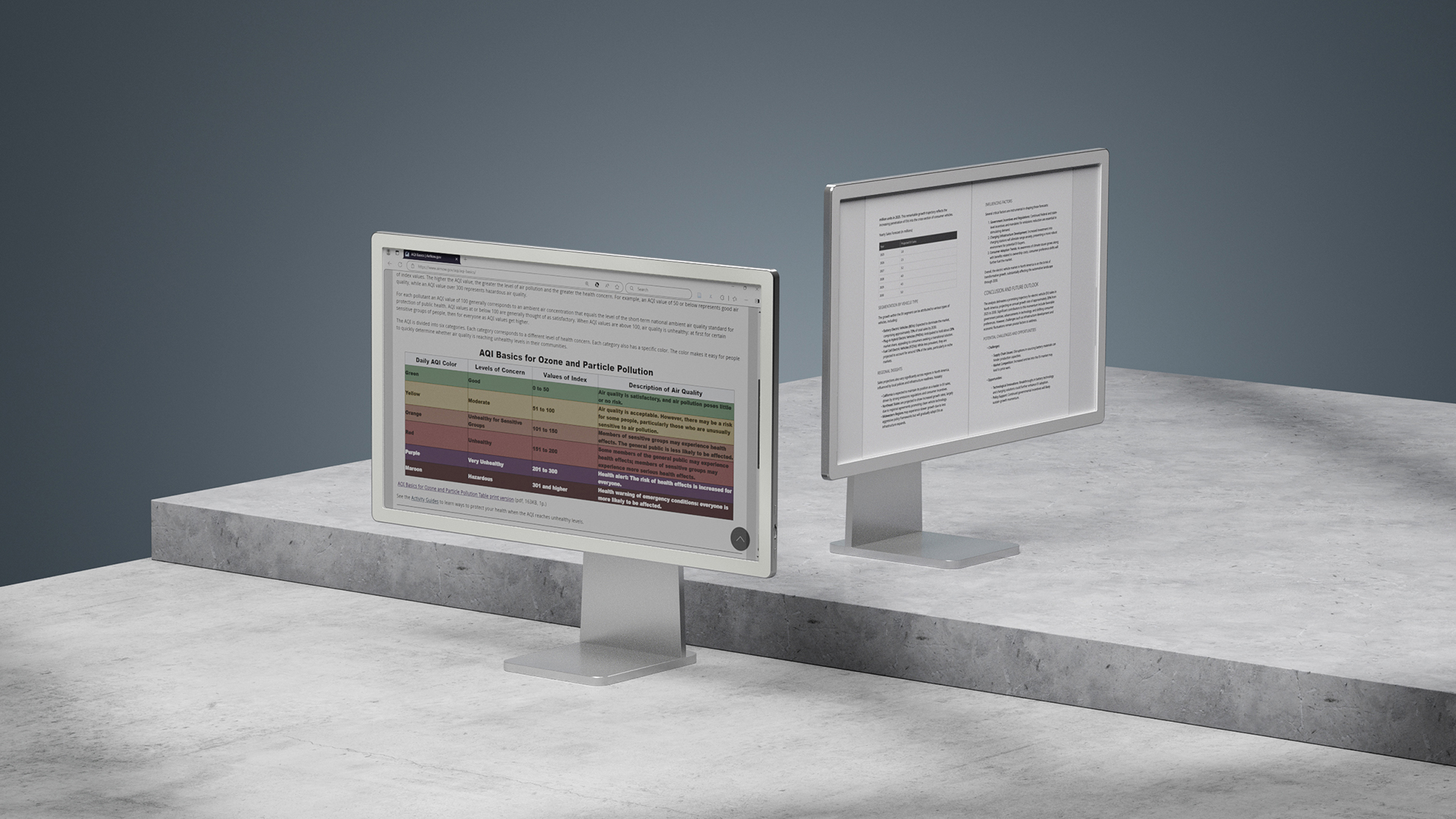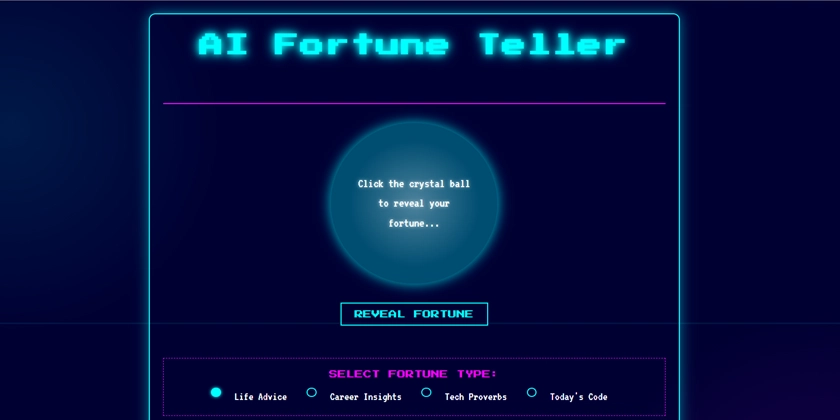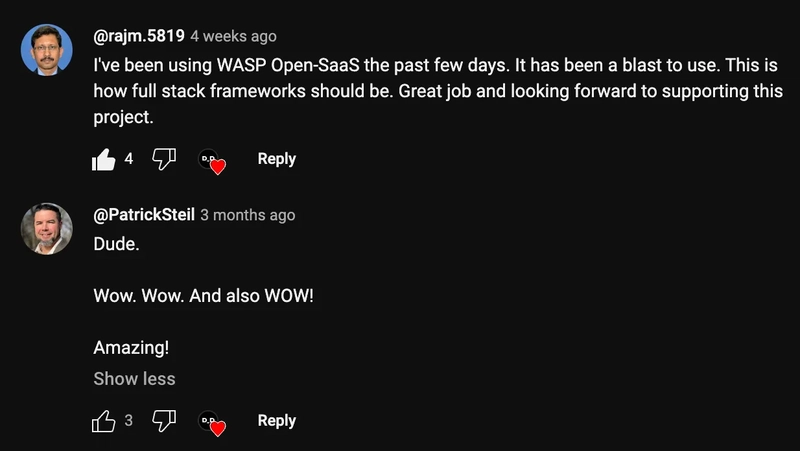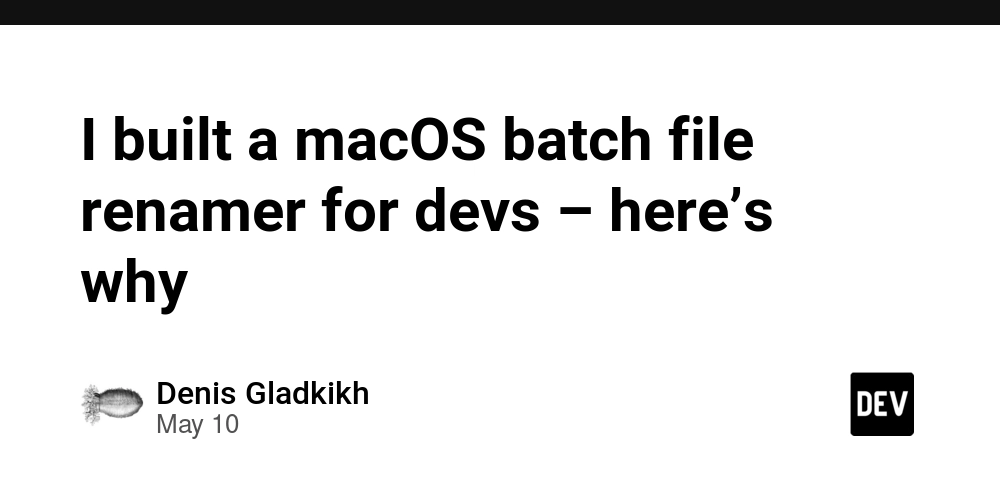Declarative FullStack: Shifting Backend Ownership to the Frontend
The traditional boundaries between frontend and backend development are becoming increasingly blurred. With the rise of serverless infrastructure and declarative programming paradigms, it's now possible to write scalable, secure, and enterprise-ready backend logic directly from the frontend. This paper explores the shift in responsibilities from backend to frontend developers, the architectural advantages of this model, and how it enables faster delivery of robust applications while maintaining strong security practices. Introduction The conventional model of web application development separates frontend and backend responsibilities into different teams, skillsets, and codebases. Frontend developers manage UI and client-side logic, while backend developers handle server-side processing, API creation, data storage, and security enforcement. However, this division can lead to longer development cycles, coordination challenges, and duplicated logic across layers. A new paradigm is emerging—one in which frontend developers can declaratively define backend logic using frontend tools and syntax. This shift is enabled by modern platforms that offer serverless scalability, secure permission management, and efficient request/response handling under the hood. This approach doesn't eliminate the need for backend logic; instead, it redefines how and where that logic is expressed, shifting backend ownership to the frontend. The Declarative Backend Model In this architecture, frontend developers declare backend logic such as data access rules, event triggers, authentication flows, and role-based permissions directly within their frontend codebase. These declarations are interpreted and executed by an underlying system—much like how SQL databases enforce queries and constraints declaratively. By treating backend behavior as a set of declarative instructions, developers focus more on describing what should happen rather than how it should be implemented. This increases productivity, reduces boilerplate code, and simplifies reasoning about system behavior. Developers can now code less, but deliver more, with a scalable backend system automatically managed by the platform. Efficient Enterprise-Ready Backends Without the Operational Overhead This shift doesn't mean backend concerns disappear. Instead, the operational aspects of scalability and performance—traditionally managed by backend engineers—are now abstracted by the platform. Backend code can still be highly efficient, secure, and suitable for enterprise applications. But the responsibility for optimizing server resources, provisioning infrastructure, and scaling APIs dynamically is moved to the platform layer. Developers can now focus on the logic that directly affects users: data workflows, business logic, validations, and security rules. Performance considerations move to the client side—optimizing rendering, minimizing latency, and managing efficient state updates. Security Remains a First-Class Concern While infrastructure and performance are abstracted, security is not. It simply becomes a shared or shifted responsibility. Frontend developers must now think deeply about access control, authentication, authorization, and data protection. Just like database administrators configure table-level permissions or APIs use secrets and tokens, frontend-defined backends include declarative permission settings and encrypted secrets. Organizations can still maintain separate roles: security specialists, backend logic designers, and frontend developers. However, all of them collaborate within a unified interface where backend logic is expressed in a frontend-native, declarative manner. This reinforces shared accountability for security without duplicating effort. Benefits of This Shift Faster Development: Frontend developers can define full-stack behavior without waiting for backend endpoints to be built. Unified Codebase: Reduces fragmentation and improves consistency across logic layers. Improved Collaboration: Clear declarative logic allows security and backend experts to review frontend code. Lower Maintenance Overhead: Serverless infrastructure scales automatically, reducing DevOps workload. Enterprise Readiness: Declarative security and permission models meet compliance and governance needs. Challenges and Considerations Security Awareness: Frontend teams need training and tooling to define secure backend logic. Debugging Complexity: Issues in backend behavior declared in the frontend may be harder to trace. Tooling Maturity: The ecosystem for declarative backend logic is still evolving. Conclusion The shift of backend logic to the frontend, via declarative programming and platform-supported infrastructure, represents a major evolution in web development. It doesn't eliminate the need for thoughtful backend design—it repositions it within the frontend domain, empowering developers to build secure, scalable applications faster. With prope

The traditional boundaries between frontend and backend development are becoming increasingly blurred. With the rise of serverless infrastructure and declarative programming paradigms, it's now possible to write scalable, secure, and enterprise-ready backend logic directly from the frontend. This paper explores the shift in responsibilities from backend to frontend developers, the architectural advantages of this model, and how it enables faster delivery of robust applications while maintaining strong security practices.
- Introduction The conventional model of web application development separates frontend and backend responsibilities into different teams, skillsets, and codebases. Frontend developers manage UI and client-side logic, while backend developers handle server-side processing, API creation, data storage, and security enforcement. However, this division can lead to longer development cycles, coordination challenges, and duplicated logic across layers.
A new paradigm is emerging—one in which frontend developers can declaratively define backend logic using frontend tools and syntax. This shift is enabled by modern platforms that offer serverless scalability, secure permission management, and efficient request/response handling under the hood. This approach doesn't eliminate the need for backend logic; instead, it redefines how and where that logic is expressed, shifting backend ownership to the frontend.
- The Declarative Backend Model In this architecture, frontend developers declare backend logic such as data access rules, event triggers, authentication flows, and role-based permissions directly within their frontend codebase. These declarations are interpreted and executed by an underlying system—much like how SQL databases enforce queries and constraints declaratively.
By treating backend behavior as a set of declarative instructions, developers focus more on describing what should happen rather than how it should be implemented. This increases productivity, reduces boilerplate code, and simplifies reasoning about system behavior. Developers can now code less, but deliver more, with a scalable backend system automatically managed by the platform.
- Efficient Enterprise-Ready Backends Without the Operational Overhead This shift doesn't mean backend concerns disappear. Instead, the operational aspects of scalability and performance—traditionally managed by backend engineers—are now abstracted by the platform. Backend code can still be highly efficient, secure, and suitable for enterprise applications. But the responsibility for optimizing server resources, provisioning infrastructure, and scaling APIs dynamically is moved to the platform layer.
Developers can now focus on the logic that directly affects users: data workflows, business logic, validations, and security rules. Performance considerations move to the client side—optimizing rendering, minimizing latency, and managing efficient state updates.
- Security Remains a First-Class Concern While infrastructure and performance are abstracted, security is not. It simply becomes a shared or shifted responsibility. Frontend developers must now think deeply about access control, authentication, authorization, and data protection. Just like database administrators configure table-level permissions or APIs use secrets and tokens, frontend-defined backends include declarative permission settings and encrypted secrets.
Organizations can still maintain separate roles: security specialists, backend logic designers, and frontend developers. However, all of them collaborate within a unified interface where backend logic is expressed in a frontend-native, declarative manner. This reinforces shared accountability for security without duplicating effort.
- Benefits of This Shift
Faster Development: Frontend developers can define full-stack behavior without waiting for backend endpoints to be built.
Unified Codebase: Reduces fragmentation and improves consistency across logic layers.
Improved Collaboration: Clear declarative logic allows security and backend experts to review frontend code.
Lower Maintenance Overhead: Serverless infrastructure scales automatically, reducing DevOps workload.
Enterprise Readiness: Declarative security and permission models meet compliance and governance needs.
- Challenges and Considerations
Security Awareness: Frontend teams need training and tooling to define secure backend logic.
Debugging Complexity: Issues in backend behavior declared in the frontend may be harder to trace.
Tooling Maturity: The ecosystem for declarative backend logic is still evolving.
- Conclusion The shift of backend logic to the frontend, via declarative programming and platform-supported infrastructure, represents a major evolution in web development. It doesn't eliminate the need for thoughtful backend design—it repositions it within the frontend domain, empowering developers to build secure, scalable applications faster. With proper tools, training, and collaboration, this model can meet the demands of enterprise-grade software while simplifying the development process.
One of the emerging implementations of this approach is FrontQL. It embodies the declarative backend model by enabling frontend developers to define secure, scalable backend logic directly from the client codebase. FrontQL handles infrastructure concerns such as scalability and performance, allowing developers to focus on business logic and client performance while still ensuring enterprise-grade security.










































































































































































![[The AI Show Episode 146]: Rise of “AI-First” Companies, AI Job Disruption, GPT-4o Update Gets Rolled Back, How Big Consulting Firms Use AI, and Meta AI App](https://www.marketingaiinstitute.com/hubfs/ep%20146%20cover.png)




























































































































![[FREE EBOOKS] Offensive Security Using Python, Learn Computer Forensics — 2nd edition & Four More Best Selling Titles](https://www.javacodegeeks.com/wp-content/uploads/2012/12/jcg-logo.jpg)



![Ditching a Microsoft Job to Enter Startup Purgatory with Lonewolf Engineer Sam Crombie [Podcast #171]](https://cdn.hashnode.com/res/hashnode/image/upload/v1746753508177/0cd57f66-fdb0-4972-b285-1443a7db39fc.png?#)






























































































































































































































-xl.jpg)













![As Galaxy Watch prepares a major change, which smartwatch design to you prefer? [Poll]](https://i0.wp.com/9to5google.com/wp-content/uploads/sites/4/2024/07/Galaxy-Watch-Ultra-and-Apple-Watch-Ultra-1.jpg?resize=1200%2C628&quality=82&strip=all&ssl=1)













![Apple M4 iMac Drops to New All-Time Low Price of $1059 [Deal]](https://www.iclarified.com/images/news/97281/97281/97281-640.jpg)
![Beats Studio Buds + On Sale for $99.95 [Lowest Price Ever]](https://www.iclarified.com/images/news/96983/96983/96983-640.jpg)

![New iPad 11 (A16) On Sale for Just $277.78! [Lowest Price Ever]](https://www.iclarified.com/images/news/97273/97273/97273-640.jpg)







































![Apple's 11th Gen iPad Drops to New Low Price of $277.78 on Amazon [Updated]](https://images.macrumors.com/t/yQCVe42SNCzUyF04yj1XYLHG5FM=/2500x/article-new/2025/03/11th-gen-ipad-orange.jpeg)



![[Exclusive] Infinix GT DynaVue: a Prototype that could change everything!](https://www.gizchina.com/wp-content/uploads/images/2025/05/Screen-Shot-2025-05-10-at-16.07.40-PM-copy.png)
























































